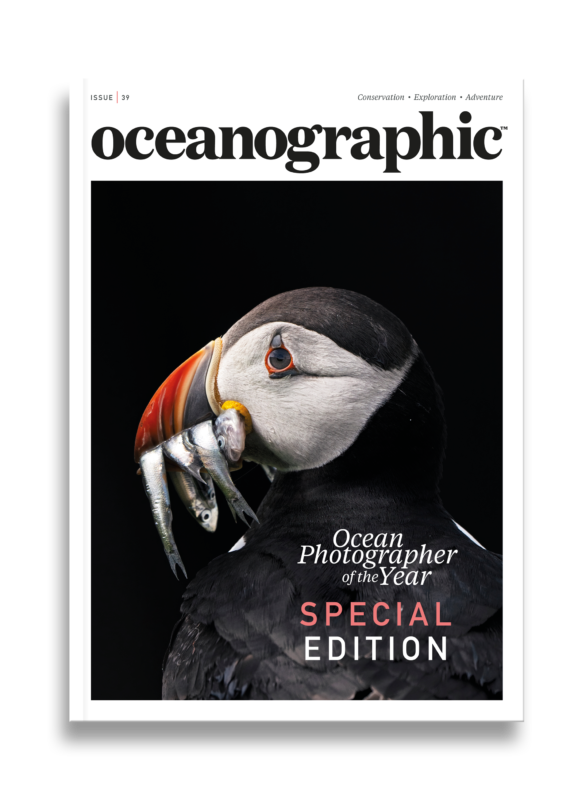Climate change causes emperor penguins to abandon their breeding sites
A new report states that melting sea ice in Antarctica has caused emperor penguin colonies to experience unprecedented breeding failure. This discovery supports predictions that over 90% of emperor penguin colonies will be quasi-extinct by the end of the century, based on current global warming trends.
At the beginning of December 2022, the Antarctic sea ice extent had matched the previous all-time low set in 2021. The most extreme loss was seen in the central and eastern Bellingshausen Sea region, west of the Antarctic Peninsula where there was a 100% loss of sea ice in November 2022.
“We have never seen emperor penguins fail to breed, at this scale, in a single season. The loss of sea ice in this region during the Antarctic summer made it very unlikely that displaced chicks would survive,” said Dr Peter Fretwell, lead author of the study. He continued: “We know that emperor penguins are highly vulnerable in a warming climate – and current scientific evidence suggests that extreme sea ice loss events like this will become more frequent and widespread.”
In a new study published in Communications Earth & Environment, researchers from British Antarctic Survey discussed the high probability that no chicks had survived from four of the five known emperor penguin colonies in the central and eastern Bellingshausen Sea. The scientists examined satellite images that showed the loss of sea ice at breeding sites, well before chicks would have developed waterproof feathers.
Emperor penguins are dependent on stable sea ice that is firmly attached to the shore (‘land-fast’ ice) for the majority of the year, from April through to January. Once they arrive at their chosen breeding site, penguins lay eggs in Antarctic winter from May to June. Eggs hatch after 65 days, but chicks do not fledge until summer, between December and January.
Since 2016, Antarctica has seen the four years with the lowest sea ice extents in the 45-year satellite record, with the two lowest years in 2021/22 and 2022/23. Between 2018 and 2022, 30% of the 62 known emperor penguin colonies in Antarctica were affected by partial or total sea ice loss. Although it is difficult to immediately link specific extreme seasons to climate change, a longer-term decline in sea ice extent is expected from the current generation of climate models.


Emperor penguins have previously responded to incidents of sea ice loss by moving to more stable sites the following year. However, scientists say that this strategy won’t work if sea ice habitat across an entire region is affected.
Emperor penguin populations have never been subject to large scale hunting, habitat loss, overfishing or other local anthropogenic interactions in the modern era. Unusually for a vertebrate species, climate change is considered the only major factor influencing their long-term population change. Recent efforts to predict emperor penguin population trends from forecasts of sea ice loss have painted a bleak picture, showing that if present rates of warming persist, over 90% of colonies will be quasi-extinct by the end of this century.
The five colonies of penguins studied were all discovered in the last 14 years using satellite imagery – Rothschild Island, Verdi Inlet, Smyley Island, Bryan Peninsula and Pfrogner Point. All five colonies had been shown to return to the same location each year to breed, with only one previous instance of breeding failure at Bryan Peninsula in 2010.
Scientists now routinely use satellite imagery to discover and monitor emperor penguin colonies, as the brown stains of the birds’ guano stands out clearly against the stark white of ice and snow. The team used images from the European Commission’s Copernicus Sentinel-2 satellite mission, which has continuously monitored the area in Antarctica since 2018.
Over the past seven years, sea ice around Antarctica has decreased significantly. By the end of December 2022, sea ice extent was the lowest experienced in the 45-year satellite record. In the Bellingshausen Sea, the home of the penguin colonies in this study, sea ice didn’t start to re-form until late April 2023.
Since then, the deviation from the norm has intensified: as of 20 August 2023 the sea ice extent was 2.2 million km2 lower than the 1981-2022 median (17.9 million km2) significantly surpassing the record winter low on 20 August 2022 of 17.1 million km2. This missing area is larger than the size of Greenland, or around ten times the size of the United Kingdom.



“This paper dramatically reveals the connection between sea ice loss and ecosystem annihilation. Climate change is melting sea ice at an alarming rate. It is likely to be absent from the Arctic in the 2030s – and in the Antarctic, the four lowest sea ice extents recorded have been since 2016. It is another warning sign for humanity that we cannot continue down this path, politicians must act to minimise the impact of climate change. There is no time left,” commented Dr Jeremy Wilkinson, a sea ice physicist at BAS.
For more from our Ocean Newsroom, click here.

The biggest ocean news from around the world. Every weekday.

"*" indicates required fields
Printed editions
Current issue
Back issues

Current Issue
Issue 39 Special Edition: OPY2024

Back Issues
Issue 37 Wild Alaska: River & Ocean
Enjoy so much more from Oceanographic Magazine by becoming a subscriber.
A range of subscription options are available.









